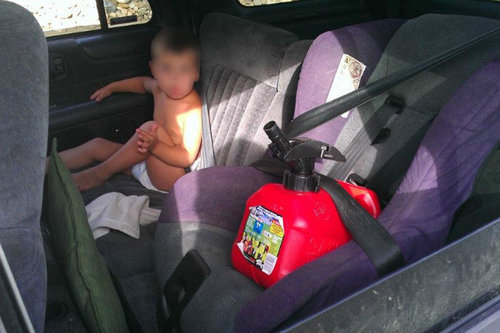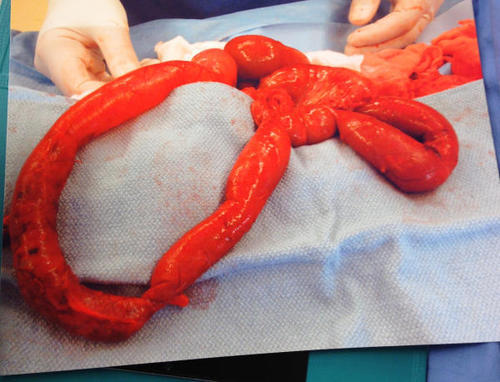Hypotension and CT scanners don’t play together well. For years I’ve cautioned against this, having seen a number of patients crash and burn in this area early in my career. But it’s a common error, and may jeopardize your patient’s safety. A paper that is now in press looked at this practice in a trauma hospital in Taiwan.
Patients who had blunt abdominal trauma were retrospectively reviewed. Those who remained hypotensive (SBP<90) after 2L of crystalloid were scruitnized. The CT scanner was described as being located in the same area as the ED resuscitation rooms. Furthermore, several physicians and nurses were present during scans, and a full selection of resuscitation equipment was available in the scan area.
Here are the factoids:
- 909 patients were entered into the study
- Only 91 patients remained hypotensive after initial resuscitation, and only 58 of these were scanned before definitive management
- As expected, patients who were hypotensive after initial resuscitation had more serious injuries (ISS 22 vs 12), required more blood transfusions (938 vs 202 cc), and had a higher mortality (10% vs 1%).
- There were no significant differences in comparing hypotensive patients who went to CT scan vs those who did not if they underwent some sort of hemostatic procedure (laparotomy, angioembolization)
- In the hypotensive patients, time to OR in the CT scan group was 58 minutes vs 62 minutes for those who skipped the scan.
- In the same patients, time to angio in the CT scan group was 147 minutes vs 140 minutes without a scan first.
The authors conclude that “hypotension does not always make performing a CT scan unfeasible.” (weak!)
Read this paper closely and don’t get fooled! It is very retrospective and very small. And if you look at the times carefully, you will see some funny business. How can time to OR or angio be virtually identical regardless of whether CT is used? Is it the world’s closest, fastest scanner? Probably not.
The authors showed that hypotensive patients have a ten-fold increase in mortality. They also recognized that definitive control of hemorrhage is the key to saving the patients. Unfortunately, there are factors in this retrospective study, such as various biases and some undocumented factors that make their two patient groups look artificially alike. This gives the appearance that the CT scan makes no difference.
In reality, the fact that there is no difference in times ensures that there is no clinical difference in outcome. To really answer this question, this kind of study must be done prospectively, and must have an adequate population size.
Bottom line: Don’t even consider going to CT with hypotensive patients. Even if you have the fastest, closest scanner in the world. Shock time still kills, and most CT scan rooms are very poor resuscitation rooms. If your patient is unstable in the ED, do your ABCs, get a quick exam, then transport to the area where you can get control of the bleeding. This will nearly always be your OR.
Reference: Hypotension does not always make computed tomography scans unfeasible in the management of blunt trauma patients. Injury, in press, 2014.




